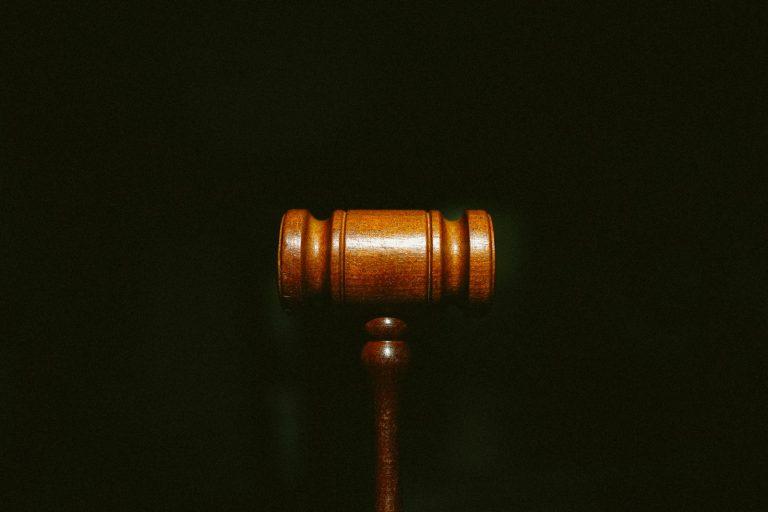Personal injuries can happen in an instant, changing lives forever. In League City, Texas, this reality is particularly pronounced due to the city’s rapid growth and bustling daily activities. Part of the Greater Houston area, League City is a thriving community known for its scenic waterfronts and family-friendly atmosphere. However, the city’s expanding population and increased traffic have led to a rise in personal injury incidents, ranging from car accidents to slips and falls and workplace injuries. Navigating the aftermath of such injuries can be overwhelming, particularly when it involves legal proceedings. This is where the guidance of reputed law firms like DeHoyos Accident Attorneys becomes invaluable.
For residents of League City, understanding what to expect during a personal injury lawsuit is crucial. The legal process can be complex, involving multiple stages from initial consultation to potential trial and appeal. This article aims to demystify the journey of a personal injury lawsuit, providing a clear roadmap to help victims anticipate each step and reduce the stress associated with seeking justice and compensation. As League City continues to grow, staying informed about the personal injury lawsuit process will empower its residents to better handle these challenging situations.
1. Initial Consultation
The first step when pursuing a personal injury claim is seeking an initial consultation with an experienced attorney specializing in personal injury law. This meeting is typically free of charge and serves as an opportunity for both parties to assess the potential case. During the consultation, you will need to provide relevant details about your injury and its impact on your life.
2. Investigation
Following the initial consultation, if both parties agree to proceed, the attorney will begin investigating the claim further. This generally involves gathering evidence such as medical records, witness statements, photographs, and any other documentation that supports your case. It’s essential to cooperate fully with your attorney during this phase by promptly providing any requested information.
3. Demand Letter or Filing a Lawsuit
Once your attorney has gathered all necessary evidence and assessed liability, they may choose one of two paths: sending a demand letter or filing a lawsuit. A demand letter is often sent before initiating formal court proceedings. It outlines your injuries, damages incurred, and how much compensation you believe you’re entitled to recover from the responsible party’s insurance company. The demand letter serves as both a notice of intent to pursue legal action if terms are not met and as an invitation for negotiations toward reaching a settlement.
Need a reliable personal injury attorney? Contact Stipp Law Firm today.
4. Discovery Phase
After filing a lawsuit, both sides engage in the discovery phase. This period entails exchanging information between the parties involved. It includes depositions, written interrogations known as interrogatories, and requests for documents or other evidence related to the case. Each side is given an opportunity to gather vital information that will help build their respective arguments.
5. Mediation
Before proceeding to trial, many personal injury cases are resolved through mediation or arbitration. Mediation involves both sides, along with their attorneys, meeting with a neutral third party—a mediator—whose role is to facilitate discussions and negotiations to reach a settlement acceptable to both parties. Mediation provides an opportunity for resolution without going through the uncertainty and stress of a trial.
6. Trial
If mediation fails to yield a favorable outcome, your case will proceed to trial. Trials are formal court proceedings where each side presents their evidence, arguments, and witnesses before a judge or jury responsible for determining liability and awarding damages. During the trial, your attorney will present your case by examining witnesses and introducing evidence that supports your claims of negligence and resulting injuries. They may call expert witnesses who can provide professional opinions on matters related to the accident or injury.
7. Verdict and Appeal
After considering all presented evidence, the judge or jury will deliver a verdict either in favor of the plaintiff (injured party) or the defendant (responsible party). If you receive a favorable verdict, you will likely be awarded damages for medical expenses, lost wages, and pain and suffering, among other possible losses. Following the verdict, there is often an option for an appeal if either party believes an error in law has occurred during the trial process. Appeals go through higher courts where they reassess legal arguments rather than re-examining the facts presented at trial.
Conclusion
Navigating a personal injury lawsuit requires knowledge of what lies ahead throughout each step of the legal process. By understanding all that occurs, right from your initial consultation until a possible appeal stage, such as gathering evidence, engaging in mediation, and preparing for trial, you can better streamline your expectations and communicate more effectively with your attorney. Remember to maintain open lines of communication with your attorney at all times, stay engaged in your case, and trust in their expertise as they guide you toward seeking fair compensation for your injury.


0 Comments